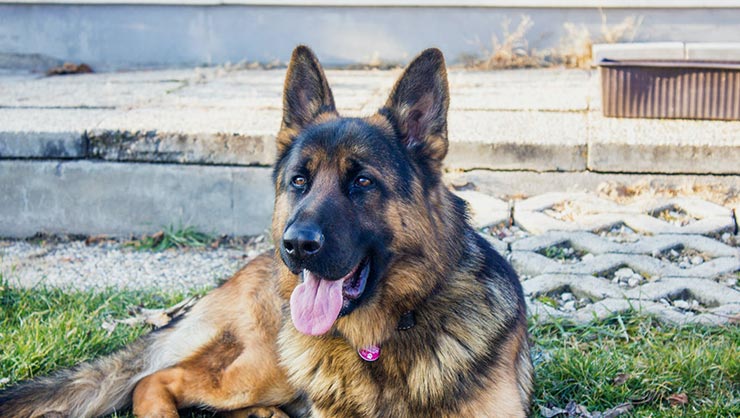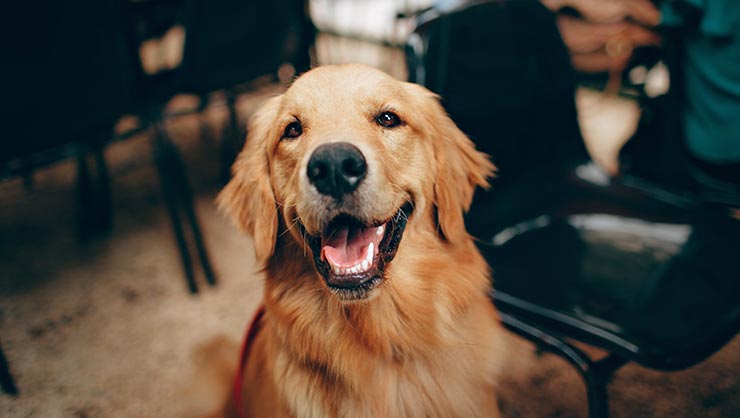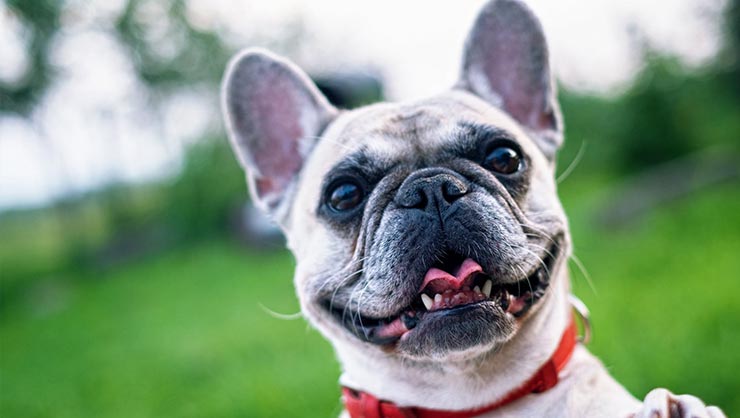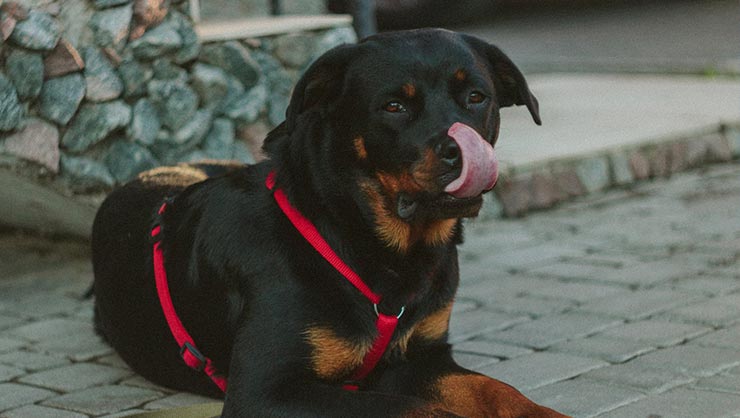🎶 “You Ain’t Nothin’ But A Hound Dog…”
“Who Let The Dogs Out?”
“Hey Bulldog!” 🎶
These songs – made famous by Elvis, Baha Men, and the Beatles respectively – are just a few examples of dogs in American culture. In addition to dogs in song lyrics, you’ll see them in movies – Disney’s 101 Dalmatians is a kid favorite – and filling up prideful owners’ Instagram feeds.
In addition to social media feeds, dogs fill homes and hearts as well. South African au pair Shanté was surprised to meet her host family’s six Chihuahuas! Almost half of U.S. households own a dog, so you’ll have a fifty percent chance of living with one during your time as an au pair. Americans love dogs – that’s why we’ve put together this guide to help you learn more about dogs in the USA!

Image courtesy of Pexels
Breeds
Since dogs are often considered part of a family, Americans can be passionate about their preferred breeds. Some like big dogs, such as this Siberian Husky:
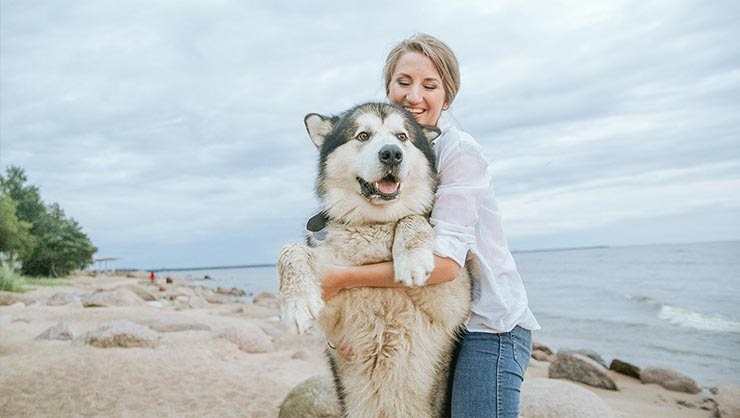
Believe it or not, the biggest dogs can be the calmest breeds and best with children. (Among pet lovers, animals that are big, yet calm, may be called “gentle giants.”) For this reason, you might see young host kids playing with dogs bigger than they are!
Of course, big dogs need a lot of outdoor space to run around and burn energy. This is sometimes lacking in suburban and urban homes, so many families opt for smaller dogs. If you’ve seen any American reality television shows, you might have observed celebrities with tiny, purse-sized dogs. (Think Paris Hilton or Lisa Vanderpump.)
There are plenty of breeds in between big and small. Here are the ten most popular in the USA:
Not surprisingly, most of these breeds are good with children, so you’ll likely encounter one of each as an au pair in the USA.
An interesting fact: while many dogs look like a particular breed, they may in fact be a mixture of several breeds. A common word for a mixed-breed dog is “mutt,” and they account for more than half of all family dogs in the USA. They also account for 95 percent of dogs in shelters. Americans love dogs so much that when we can’t find a home for a dog, or a stray dog is found on the street, it gets taken to a shelter for animals waiting to be “adopted” by families.
Special Treatment
Whether purebred or mutt, you’ll see dogs on social media. Earlier, we mentioned dogs on Instagram. As you can imagine, this phenomenon comes with a wide variety of silly terminology. You might read, for instance, about a “floofy doggo” such as this:
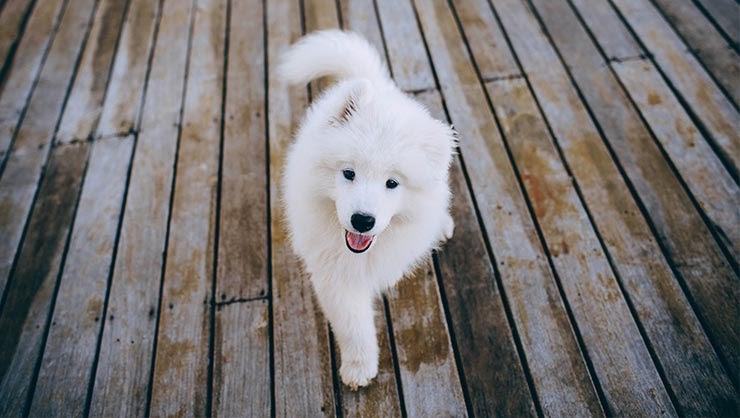
Image courtesy of Pexels
Or a “smol puppers” might dominate your social media feed:

Image courtesy of Pexels
American families have a wide variety of norms for their dogs. Shanté noted that her host family’s six Chihuahuas spend more time inside the house than out, only going outside to use the bathroom. “It’s different in South Africa,” she said. “Dogs there spend more time outdoors.”
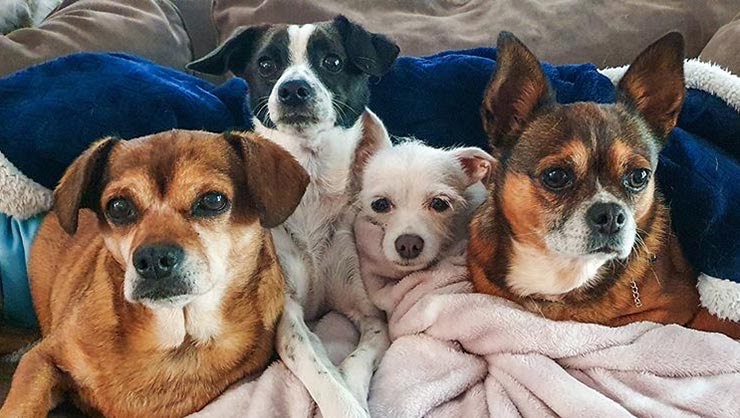
Image courtesy of Shanté
Most host families will keep their dogs inside. Some owners even train and use dogs for home protection. If they do live inside, dogs will often have a specific place to sleep. This might be a small dog bed in the room of a host child or parent; the dog might even sleep in a family member’s bed! (However, please keep in mind that you shouldn’t be asked to interact with the pet if you’re not comfortable doing so. You won’t, for example, be asked to share your bed!)
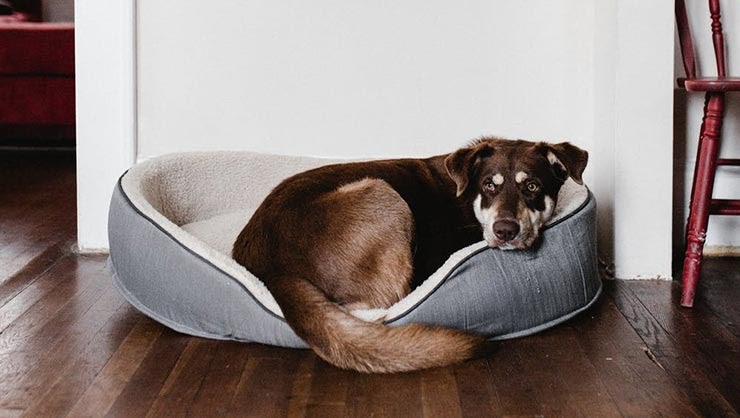
Image courtesy of Pexels
Getting to know a dog is an aspect of getting to know a host family! Moreover, leaving your comfort zone is an important aspect of being an au pair – many au pairs complete their program and talk fondly about the ways living in a new culture helped them grow. And who knows – maybe you’ll end up returning to your home country and going straight to the adoption shelter for a “smol floof” of your very own! 🐶


